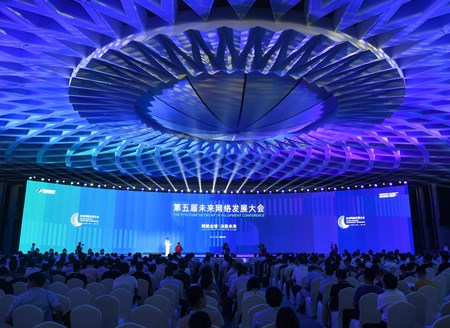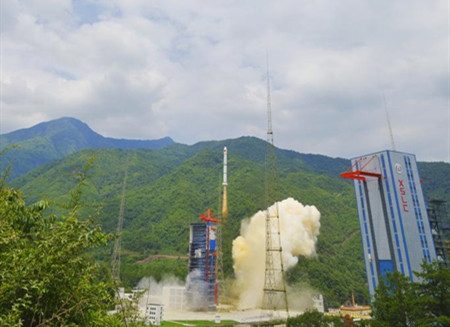Public—Private—Partnership, the cooperation between the government and social capital is commonly referred to as the PPP model which is an important part of the investment and financing system reform. In recent years, east China’s Jiangsu Province has taken the lead in the country in the promotion of its PPP by effectively broadening funding sources for government projects, and increasing the construction of public service facilities.
Xianlin Sewage Treatment Plant is one of the seven major sewage treatment plants in Nanjing City. At the end of 2015, private capital was introduced through the transfer of franchise rights. The sewage treatment fee issued by the winning bidder is lower than the ceiling price stated in the bidding document by 30%, which reduces the cost of government procurement of public services.
The introduction of professional companies to do professional things not only improves the "cost-effectiveness" of public services, but also allows the local residents to enjoy the benefits. The government in turn has also reduced the risk of debt by obtaining franchise transfer fees.
The good operation of the PPP has given the government, the enterprise and the people a win-win. Jiangsu is also the first country to implement fiscal awards, provincial PPP financing support funds and other measures to attract more and more social capital to invest in public facilities.
In Jing'an Township, Peixian County, the "PPP Project of Jing'an Town Industrial Park Standard Factory" is under construction. Covering an area of 100,000 square meters, the factory is funded and built by the Heilongjiang Construction Engineering Group for the settlement of modern service industry and precision manufacturing to inject new energy into the local industries.
While actively operating PPP, Jiangsu has strictly adhered to the "red line" of fiscal expenditure by issuing a series of documents to standardize the operation of PPP projects, and established a dynamic management mechanism to promptly clear out and release out-of-order items. By the end of April this year, the province had registered 519 PPP storage projects with 270 projects settled, attracting 453.4 billion yuan of social capital. The rate of project settlement was 52.02%, 14% higher than the national average.
PPPs have existed in China since the 1980s, but the adoption of the financing mode had been slow until China released two PPP guidelines in 2014.
The central government is looking to PPP, a collaborative investment model between government and private companies, as a way to fund infrastructure projects amid concerns over high local government debt by encouraging insurance funds to invest in PPP projects to boost the economy.
In 2016, the number of signed PPP projects and total investment more than quadrupled from 2015, with private enterprises participating in more regions and sectors than ever before.
As of the end of June last year, 13,554 PPP projects were registered nationwide with combined investment of 16.4 trillion yuan, according to the China Public Private Partnerships Center under the Ministry of Finance.
(Source: Jiangsu International Channel)






